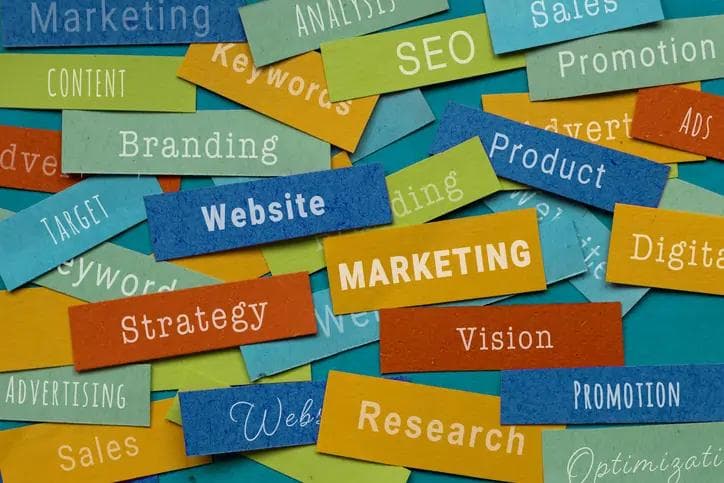How to Sue a Company for Negligence: Factors to Consider
How to Sue a Company for Negligence: Factors to Consider
Published by Jessica Weisman-Pitts
Posted on March 21, 2022

Published by Jessica Weisman-Pitts
Posted on March 21, 2022

In 2020, the private industry reported over 2.7 million nonfatal and 4,764 fatal workplace injuries – a sharp decrease since 2019. However, while these statistics by the U.S. Bureau of National Statistics give us a clear picture of the country’s occupational safety standards, it is easy to overlook the impact that an injury can have on a person’s life.
And, if you have been injured in the workplace, your emotional health, physical wellbeing, and financial stability can all be affected. But, if your injury was a direct consequence of your employer’s negligence, there is a lot that you can do to find justice and compensation. Here are all the factors to consider.
Make Sure a Lawsuit is The Right Choice For Your Needs
While an employer negligence lawsuit can help you find the help you need to overcome your injury both financially and physically, it is not the only alternative.
In most U.S. states, employers are required by law to carry workers’ compensation insurance. This type of insurance program is a no-fault system, meaning that you won’t have to prove your employer’s fault or negligence to receive compensation.
Just in 2019, worker’s comp insurance covered over 144,407,000 jobs in the U.S. and helped the great majority of minor injuries to be resolved quickly and internally.
However, in most instances, a worker who accepts this type of compensation is not legally allowed to also sue their employers for negligence.
So, worker’s compensation is the easy way to go but can be limited and not account for psychological damages or suffering. On the other hand, if your employer is at fault, a lawsuit can help you find justice for your case, but the process can be lengthy and challenging. Make sure to choose wisely!
Partner With an Expert Negligence Lawyer
If you have decided to follow through with a negligence lawsuit, be sure to approach this process with an expert negligence lawyer by your side. Not doing so can turn out to be dangerous and cause you to lose your lawsuit.
Don’t forget that your employer’s attorney might already be experienced and trained to protect the company against such instances – and they will certainly not skimp on legal help and resources!
So, if you are wondering how to sue a company for negligence, the first step to take is to find legal advice. If you can’t afford it, consider learning more about the best lawsuit loans for your injury case in this article provided by SFGate and understand what benefits this financial help can offer.
Know What You Can Sue Your Employer For
Employers have a duty of care towards their employees, and they are responsible for creating a safe space for everyone within the work premises. Some accidents and minor injuries could be unavoidable, despite an employer’s effort to uphold the highest occupational safety standards. In this case, worker’s comp is enough to help you navigate your injury case.
But what if there was a real act of negligence and your employer is directly responsible for your injury? Start by understanding what you can sue your employer for:
Be Ready To Prove Fault
Unlike accepting worker’s compensation, pursuing a lawsuit against your company implies that you will have to prove that your employer is at fault. Not differently from a standard personal injury case, you will need to prove:
The more documentation and evidence you have, the more likely you will be to wind the lawsuit. Your attorney can guide you through the process of collecting and reporting the evidence needed, including impressions of the accident, medical records, performance reviews, correspondence, and statements.
Keep Deadlines In Mind
When filing a lawsuit against your employer, it is important to keep in mind the local Statute of Limitations. Each state sets its own deadline for filing a lawsuit.
For example, according to California’s Statute of Limitations, an employee has two years from an injury to file a lawsuit against their employer.
And, if the personal injury was discovered later, you will only have one year from the day you became aware of it. Bear in mind that a lawsuit can take between six months and a year to settle, so be aware of what the timelines are before taking action!
Brought to you by Paradigm Digital Ltd
Explore more articles in the Business category











